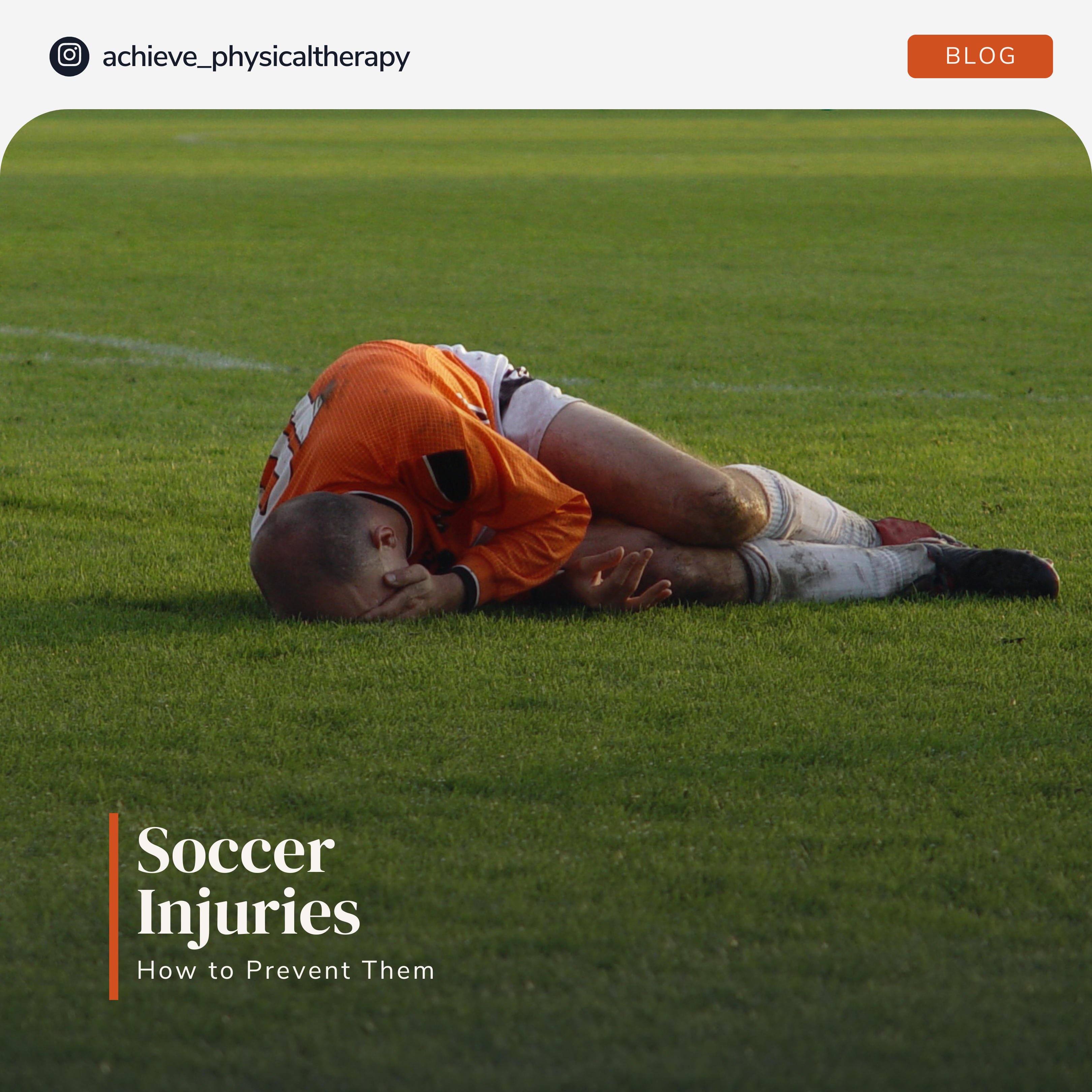
Soccer is one of the most popular sports played in the world. Soccer for both males and females is still the second and third most dangerous sport being played in high school. And things may get even more serious if they decide to play in college. According to a World Cup study, on average, there is one injury every three games. Most soccer injuries occur particularly to the ankle, knee, or hamstrings.
Soccer is a physically demanding sport with powerful kicking, sprinting, quick change in direction, and contact that can contribute to injuries. Some athletes participate in the sport year-round with fall and spring soccer to even winter indoor leagues. Year-round competition in the same sport can increase the risk of overuse injuries in the athlete. A soccer injury is more likely to occur during a game than in practice when the contact and intensity are heightened.
Benefits of Playing Soccer:
- Improved health
- Strength
- Speed
- Flexibility
- Endurance
- Increase muscle and bone strength
With 90- minute games where players are having to run and get the ball into the opponent’s goal as many times as they can, injuries are more likely to happen. Most soccer players suffer injuries to their legs and knees because the sport requires a lot of running and kicking.
Most Common Soccer Injuries:
- Sprains
The most common sprain happens to the ankle or knee. This injury occurs when the ankle or knee rolls, twists, or turns awkwardly. A sprain causes swelling, pain, and a limited range of motion.
- Strains
Hamstring strains are the most common muscle injuries in soccer. They are more common in men than women and often occur during games while the athlete is running at high speed or when kicking. It will typically cause sudden, sharp pain in the back of the thigh.
Groin strains. A groin strain injury happens when you tear or pull a muscle in the area on either side of the body where the belly joins the legs.
Quad strains. A quad strain happens when you overstretch or pull the big muscle that runs down the front of your thigh.
- ACL tear
ACL tears are a tear of the anterior cruciate ligament, which provides stability to the knee. ACL tears are more common among female soccer players due to the alignment of the female hips and knees. ACL tears occur when movements involve twisting the knee when rapidly changing direction.
- Concussions
Concussions can result from heading the ball, player-to-head collisions, and falling. Symptoms can include dizziness, headaches, nausea, sensitivity to light, and blurred vision.
Learn more about these injuries here.
Preventing Soccer Injuries
Physical therapy will provide customized, hands-on rehabilitation for all soccer injuries. Their programs will be specifically tailored to the athlete’s injury. Our physical therapist will work with you to reduce pain, restore strength and safely return to sports. Physical therapy will also improve flexibility, as well as the range of motion of the injured area. Our therapist will also address ways to prevent future injuries from occurring.
Even though all injuries cannot be avoided, it is nevertheless necessary to make every effort to try to prevent them. Here are a few ways to try to prevent soccer injuries in the future.
- Warm-up
Stretching before practice and games can release muscle tension and help prevent injuries.
- Stay hydrated
It is extremely important to hydrate the day of your game or practice as well as before and after your game or practice. Being properly hydrated can help prevent injuries.
- Wear the right protective gear
Unfortunately, we cannot fully prevent soccer injuries. In any sport, you should never push through the pain and continue playing because doing so could make your injury worse or cause it to heal incorrectly.
